Home>Home Appliances>Home Automation Appliances>What Should You Set Your Thermostat To Save Money
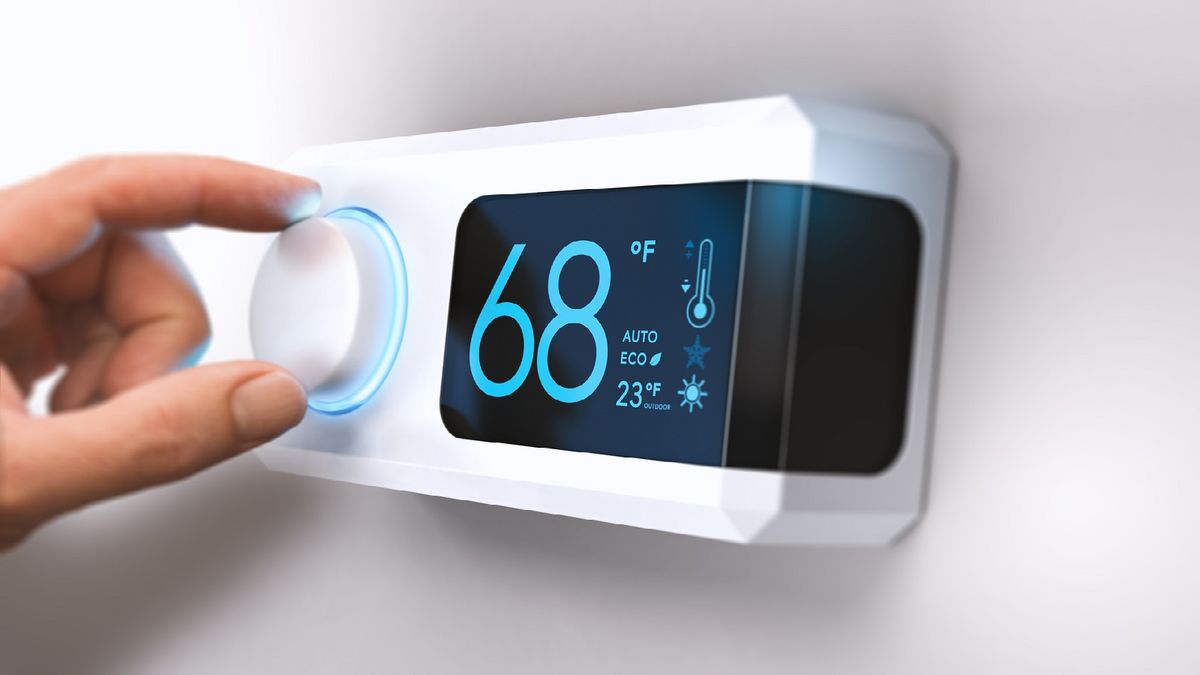

Home Automation Appliances
What Should You Set Your Thermostat To Save Money
Modified: January 4, 2024
Save money on your energy bills with the right thermostat settings. Learn how to optimize your home automation appliances for maximum efficiency. Start saving today!
(Many of the links in this article redirect to a specific reviewed product. Your purchase of these products through affiliate links helps to generate commission for Storables.com, at no extra cost. Learn more)
Introduction
Welcome to the world of home automation and energy efficiency! As we strive to create comfortable living spaces while also being mindful of energy usage, one of the key components in achieving this balance is the thermostat. The thermostat serves as the control center for your home's heating and cooling systems, allowing you to set the desired temperature for different times of the day and night. However, finding the optimal thermostat settings to save money without sacrificing comfort can sometimes feel like a puzzle.
In this comprehensive guide, we will delve into the intricacies of thermostat settings and explore the ideal temperature for different seasons. We will also provide practical tips for maximizing energy efficiency without compromising on comfort. By the end of this journey, you will have a clear understanding of how to set your thermostat to save money while maintaining a cozy and inviting home environment.
So, let's embark on this enlightening exploration of thermostat optimization, where we will uncover the secrets to achieving cost savings and environmental sustainability without sacrificing comfort and convenience. Whether you're a seasoned homeowner looking to enhance your energy-saving strategies or a newcomer to the world of home automation, this guide is tailored to empower you with the knowledge and insights needed to make informed decisions about your thermostat settings. Let's dive in and unlock the potential for substantial savings and environmental impact through the power of efficient thermostat management.
Key Takeaways:
- Set your thermostat to 78°F in summer and 68°F in winter to save money without sacrificing comfort. Make gradual adjustments and consider zone heating for maximum energy efficiency.
- Invest in a programmable thermostat and utilize energy-saving modes to optimize your HVAC system. Implement regular maintenance, sealing, and insulation for efficient heating and cooling.
Read more: How To Save Money On Thermostat
Understanding the Ideal Temperature
When it comes to setting your thermostat for optimal energy efficiency and comfort, understanding the ideal temperature range is crucial. The ideal temperature can vary based on the season, personal preferences, and the specific needs of your household. Let’s explore the recommended temperature settings for different times of the year to ensure both savings and comfort.
Summer:
- During the warmer months, the ideal temperature for energy efficiency is around 78°F (25.5°C) when you’re at home. This setting strikes a balance between comfort and cost savings, as it allows for a relatively cool indoor environment without overworking your cooling system.
- When you’re away from home or asleep, consider setting the thermostat a few degrees higher to conserve energy. A setting of around 85°F (29.5°C) during these times can help minimize energy consumption while still preventing the indoor temperature from becoming excessively hot.
Winter:
- As the colder months roll in, the ideal temperature for energy-efficient heating is approximately 68°F (20°C) while you’re at home. This setting provides a comfortable level of warmth without significantly increasing your heating costs.
- When you’re away or asleep, lowering the thermostat by a few degrees can lead to substantial energy savings. A setting of around 60-62°F (15.5-16.5°C) during these times can help conserve energy while preventing the indoor temperature from dropping too low.
Understanding the ideal temperature for different seasons enables you to optimize your thermostat settings for maximum energy efficiency. By making small adjustments based on your daily routine and seasonal changes, you can achieve significant cost savings while maintaining a comfortable indoor environment. Now that we’ve explored the ideal temperature ranges for various seasons, let’s delve into the art of setting the thermostat for savings without sacrificing comfort.
Setting the Thermostat for Savings
Now that we’ve gained insight into the ideal temperature ranges for different seasons, let’s focus on setting the thermostat for maximum savings without compromising comfort. Whether you’re aiming to reduce your energy bills or minimize your environmental impact, strategic thermostat adjustments can make a significant difference. Here are some key strategies for setting your thermostat to save money:
Programmable Thermostats:
Investing in a programmable thermostat can be a game-changer when it comes to energy efficiency. These advanced devices allow you to schedule temperature adjustments based on your daily routine, ensuring that your heating and cooling systems operate at optimal levels only when needed. By programming the thermostat to automatically adjust the temperature during times when you’re away or asleep, you can achieve substantial energy savings without sacrificing comfort.
Utilize Energy-Saving Modes:
Many modern thermostats come equipped with energy-saving modes that optimize the performance of your HVAC system. By activating these modes, you can take advantage of features such as adaptive recovery, which ensures that your home reaches the desired temperature at the scheduled time without unnecessary energy consumption. Additionally, some thermostats offer smart features that learn your preferences over time, further enhancing energy efficiency.
Gradual Adjustments:
When transitioning between seasons or making adjustments to your thermostat settings, opt for gradual changes rather than drastic shifts. Sudden temperature adjustments can lead to increased energy consumption as your HVAC system works harder to reach the new setting. By making incremental changes over a few days, you can minimize energy usage and maintain a comfortable indoor environment.
Consider Zone Heating and Cooling:
If your home is equipped with a ductless mini-split system or zoned HVAC setup, take advantage of the ability to control temperatures in specific areas. This approach allows you to direct heating or cooling to occupied spaces while minimizing energy usage in unoccupied areas, resulting in targeted comfort and cost savings.
By implementing these strategies and leveraging the capabilities of modern thermostat technology, you can set the stage for substantial energy savings without sacrificing comfort. The next step is to explore additional tips for optimizing the efficiency of your heating and cooling systems, ensuring that you make the most of your energy-saving efforts. Let’s delve into practical tips for efficient heating and cooling to further enhance your home’s energy efficiency and cost savings.
Set your thermostat to 68°F in the winter and 78°F in the summer to save money on heating and cooling costs. Every degree lower in the winter or higher in the summer can save you 5-10% on your energy bill.
Tips for Efficient Heating and Cooling
Enhancing the efficiency of your heating and cooling systems goes beyond thermostat settings. By implementing practical tips and adopting energy-conscious habits, you can further optimize your home’s energy usage and contribute to substantial cost savings. Here are valuable tips for efficient heating and cooling:
Regular Maintenance:
Ensure that your heating and cooling systems receive regular maintenance to operate at peak efficiency. Schedule professional inspections and tune-ups for your HVAC equipment to address any issues, replace filters, and optimize performance. Well-maintained systems consume less energy and are less prone to malfunctions, ultimately leading to cost savings.
Sealing and Insulation:
Properly seal air leaks and enhance insulation in your home to prevent energy wastage. Inspect windows, doors, and other potential air leakage points, and apply weather-stripping or caulking as needed. Additionally, consider upgrading insulation in attics, walls, and basements to minimize heat transfer and improve energy efficiency.
Natural Ventilation and Shade:
During moderate weather, take advantage of natural ventilation by opening windows and allowing fresh air to circulate through your home. Utilize window coverings and shades to block out direct sunlight during hot periods, reducing the need for excessive cooling. By leveraging natural elements, you can decrease reliance on mechanical heating and cooling systems.
Smart Thermostat Integration:
Integrating your thermostat with smart home systems and voice assistants can streamline energy management. Smart thermostats offer advanced features such as remote temperature control, usage insights, and compatibility with smart home routines. By harnessing the power of automation and connectivity, you can optimize energy usage and maximize savings.
Awareness of Appliance Heat:
Be mindful of the heat generated by appliances and lighting within your home. Avoid placing heat-producing devices near thermostats, as this can lead to false temperature readings and unnecessary HVAC operation. Additionally, consider switching to energy-efficient lighting options to reduce excess heat emission.
Utilize Ceiling Fans:
During both heating and cooling seasons, utilize ceiling fans to enhance air circulation and comfort. In warmer months, set your fans to rotate counterclockwise to create a cooling breeze, and in cooler months, operate them in a clockwise direction at a low speed to gently recirculate warm air trapped near the ceiling.
By incorporating these tips into your energy-saving strategy, you can elevate the efficiency of your heating and cooling systems while reducing energy consumption and associated costs. With a combination of thoughtful thermostat settings and proactive energy-conscious practices, you can create a comfortable and sustainable home environment. As we conclude our exploration of efficient heating and cooling, let’s reflect on the key insights and takeaways from our journey.
Conclusion
Congratulations on embarking on this enlightening journey through the realm of thermostat optimization and energy efficiency. By gaining a deeper understanding of the ideal temperature ranges for different seasons and implementing strategic thermostat settings, you have unlocked the potential for significant cost savings and environmental impact. As we conclude our exploration, let’s recap the key insights and takeaways from our comprehensive guide.
Empowering Energy Management:
By mastering the art of setting your thermostat for savings, you have empowered yourself with the knowledge and strategies needed to optimize your home’s energy usage. Whether through the use of programmable thermostats, gradual adjustments, or smart energy-saving modes, you now possess the tools to achieve substantial cost savings without compromising comfort.
Practical Efficiency Tips:
Our exploration also delved into practical tips for efficient heating and cooling, emphasizing the importance of regular maintenance, sealing and insulation, natural ventilation, smart thermostat integration, awareness of appliance heat, and the utilization of ceiling fans. By incorporating these tips into your daily energy-conscious practices, you can further enhance the efficiency of your home’s heating and cooling systems.
Sustainable Comfort:
As you strive to create a comfortable and sustainable home environment, remember that small adjustments and mindful habits can lead to substantial energy savings over time. Whether through the optimization of thermostat settings or the adoption of energy-conscious practices, your efforts contribute to both cost savings and environmental stewardship.
As you apply the insights gained from this guide, consider sharing your knowledge with others in your community. By spreading awareness of energy-efficient thermostat management and the benefits of optimized heating and cooling, you can inspire positive change and contribute to a more sustainable future for all.
Thank you for joining us on this journey through the intricacies of thermostat optimization and energy efficiency. May your newfound knowledge empower you to achieve significant cost savings, enhance your home’s comfort, and make a positive impact on the environment. As you continue to explore the ever-evolving landscape of home automation and energy conservation, remember that each small adjustment brings us closer to a more sustainable and energy-efficient world.
Here’s to a future filled with comfort, savings, and environmental harmony through the power of efficient thermostat management.
Frequently Asked Questions about What Should You Set Your Thermostat To Save Money
Was this page helpful?
At Storables.com, we guarantee accurate and reliable information. Our content, validated by Expert Board Contributors, is crafted following stringent Editorial Policies. We're committed to providing you with well-researched, expert-backed insights for all your informational needs.
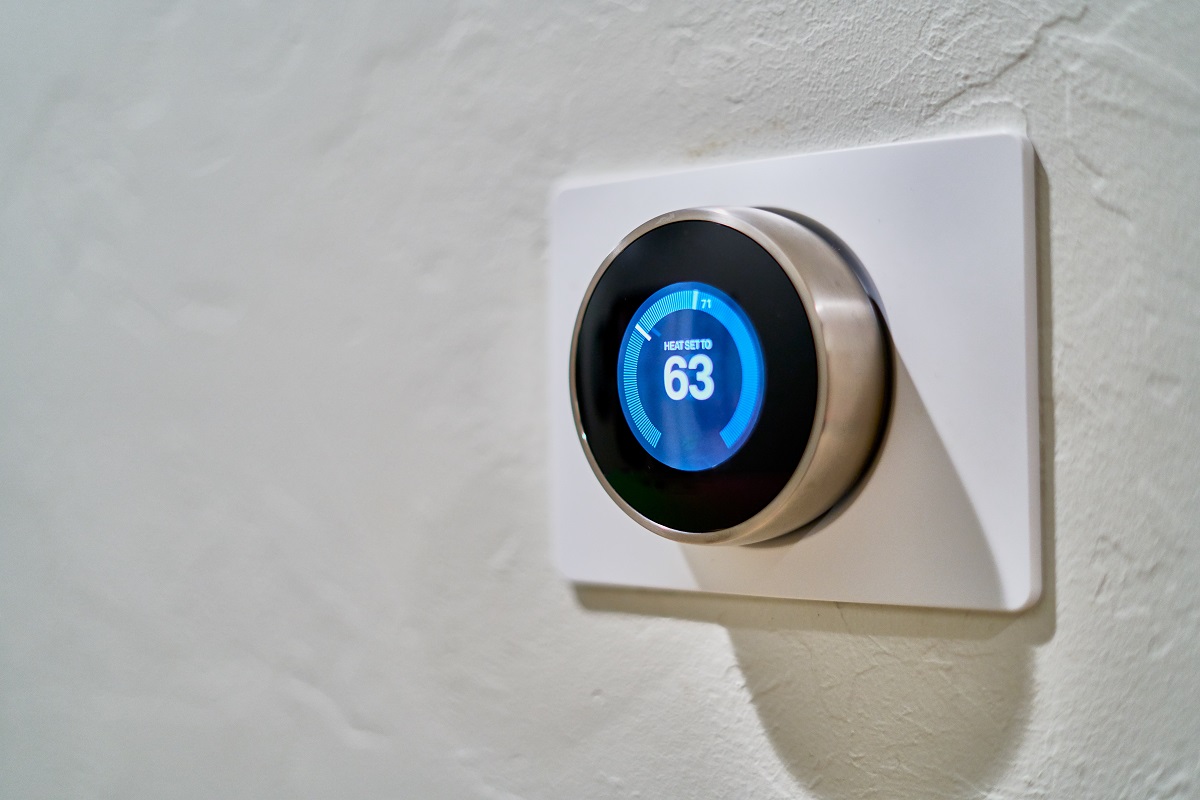
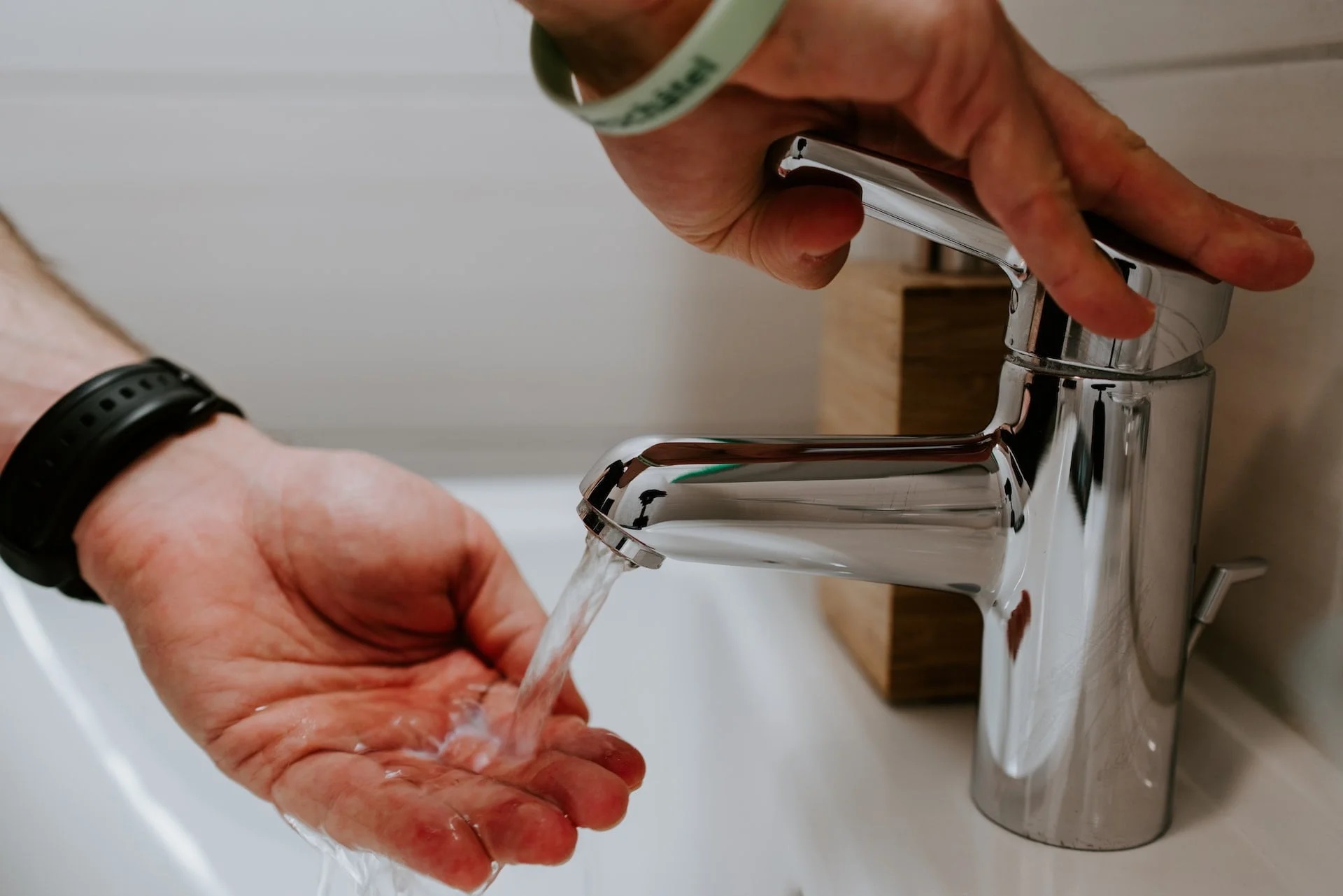
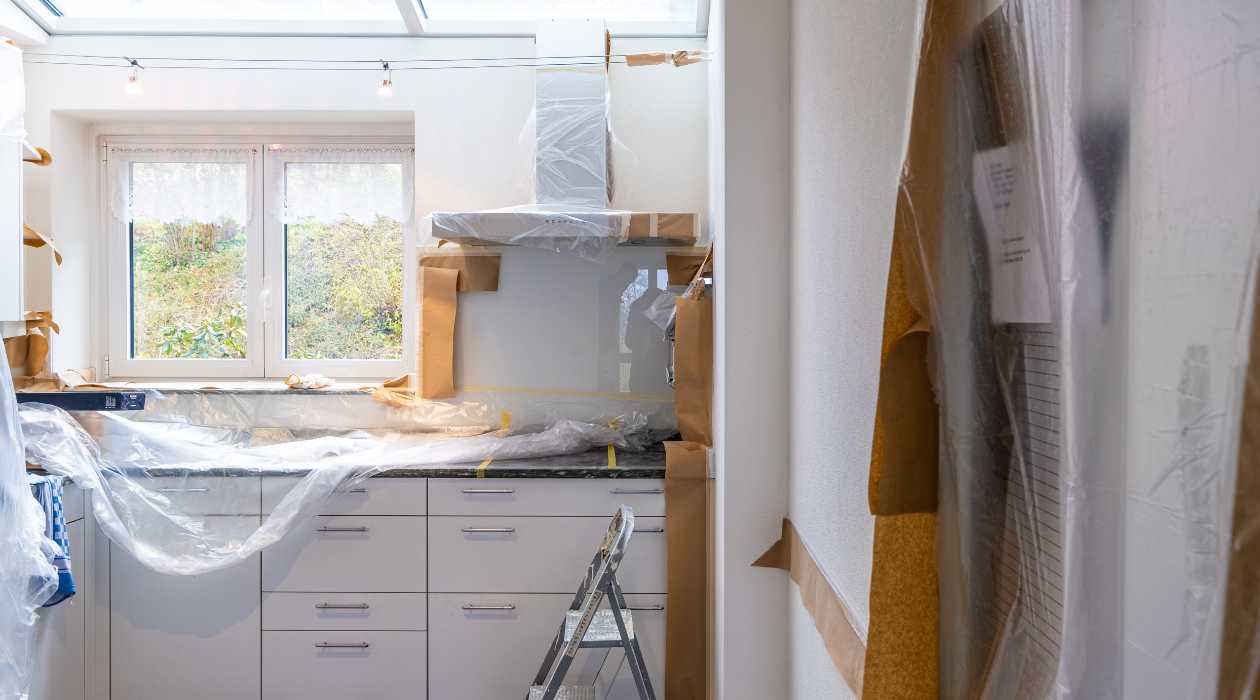
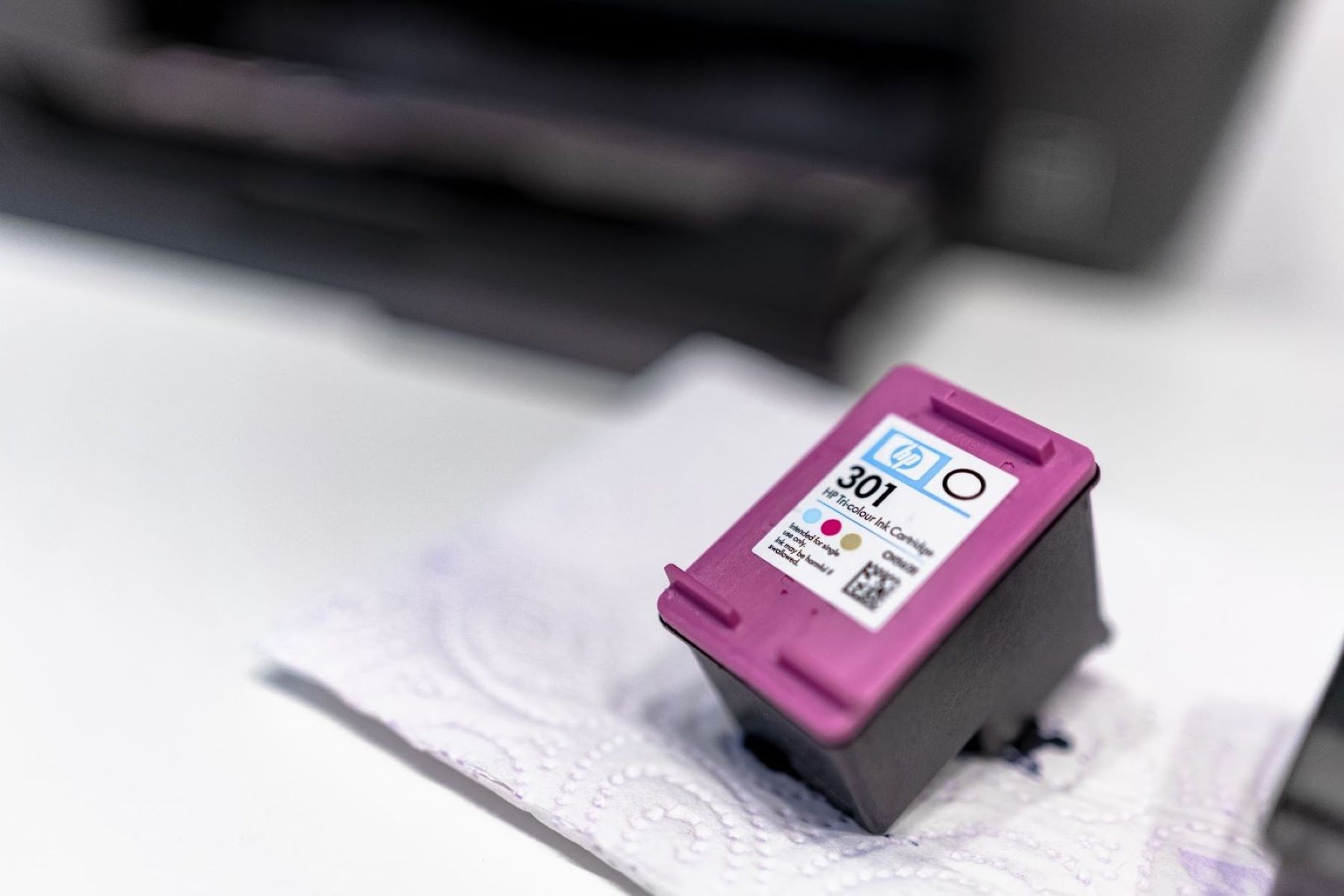
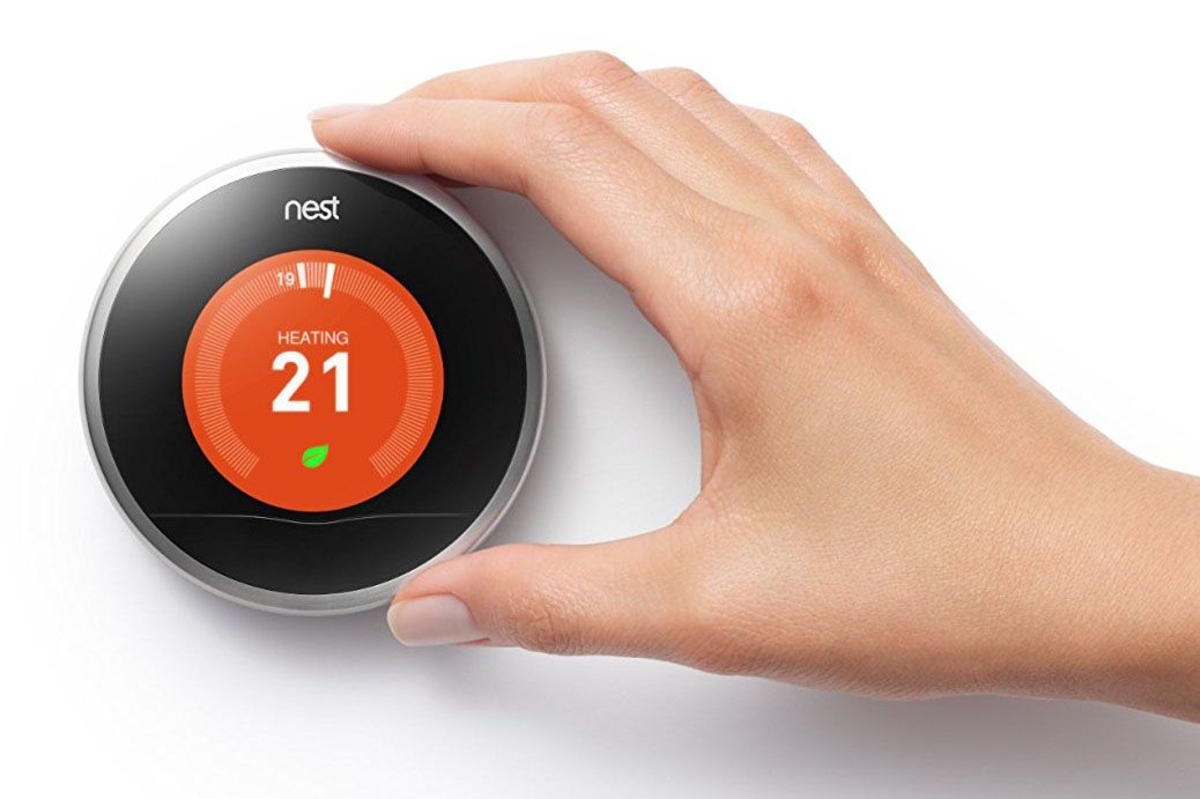


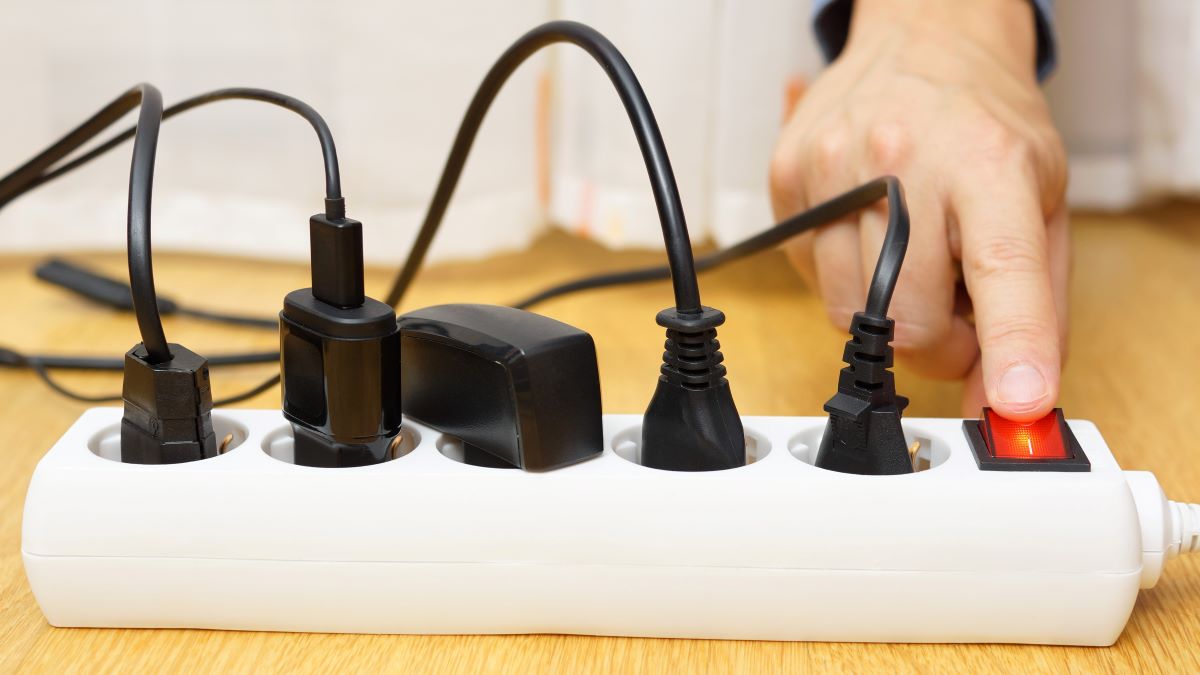
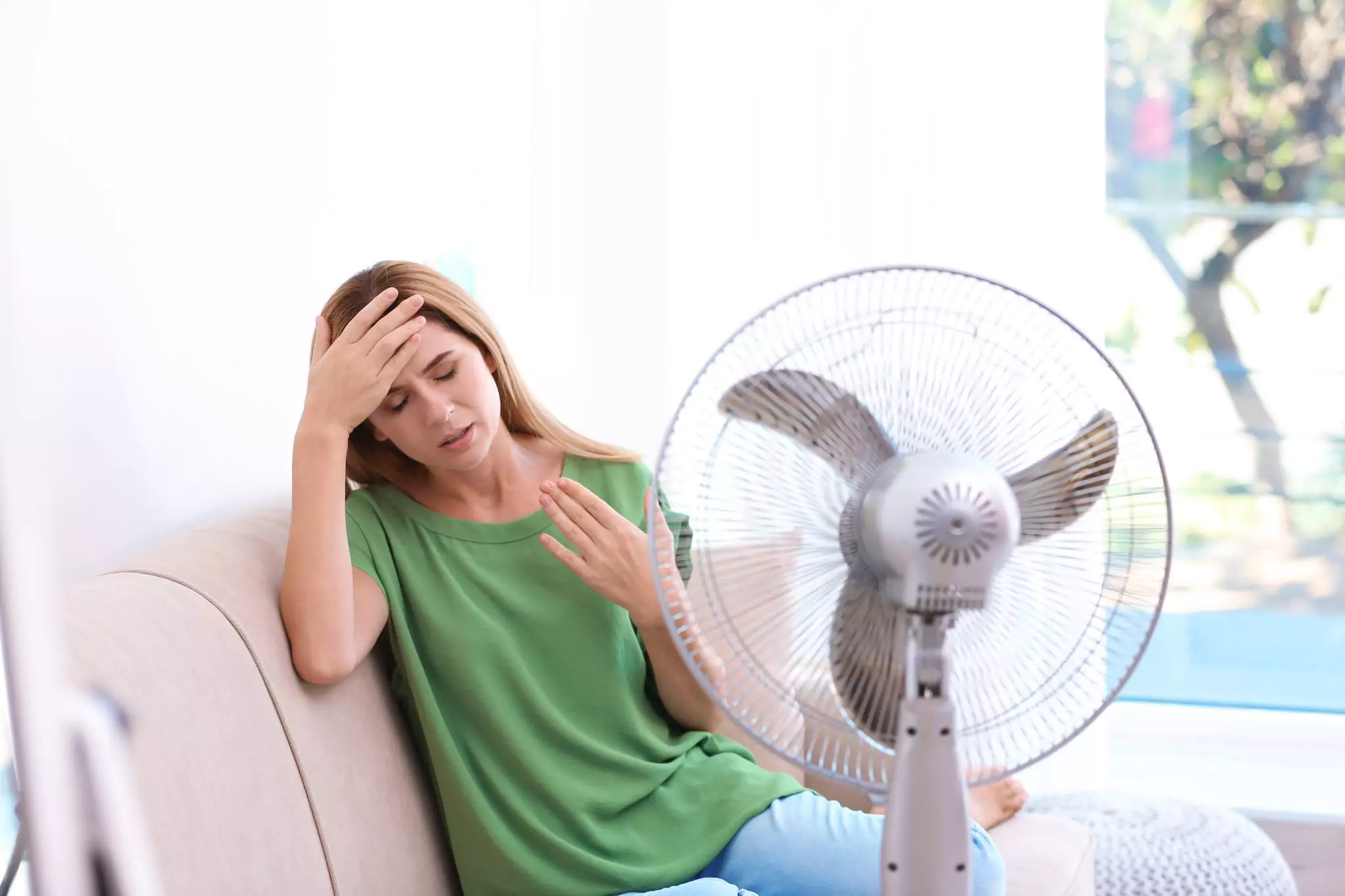

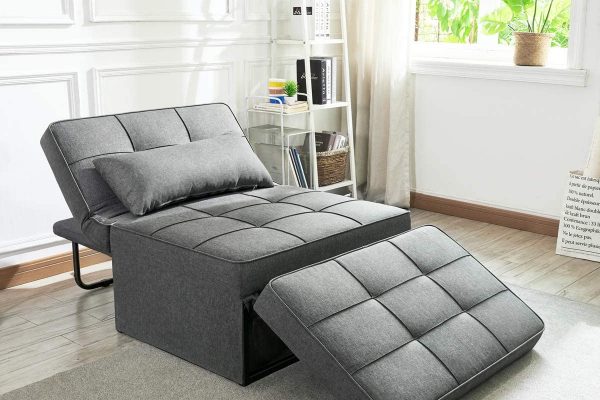
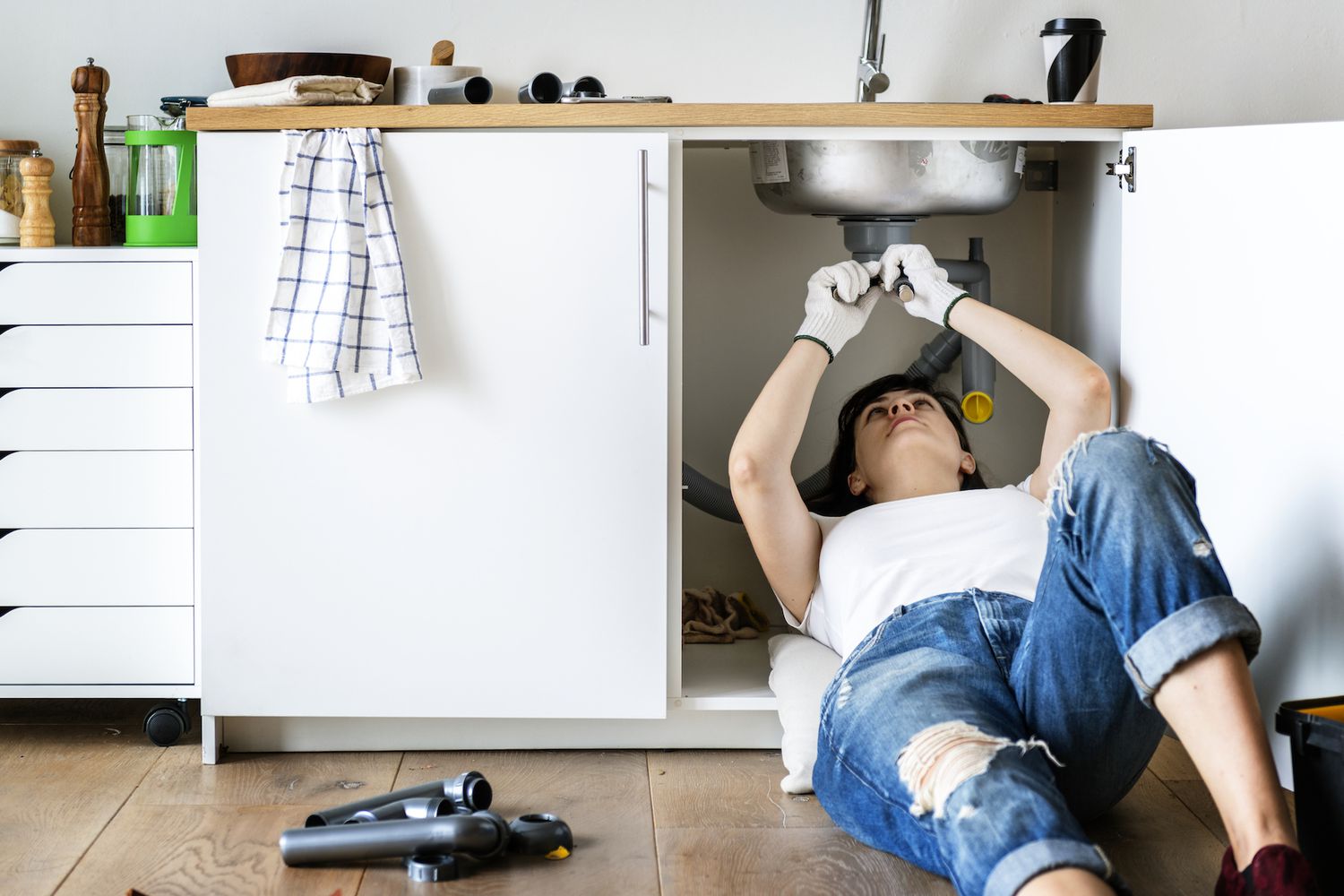
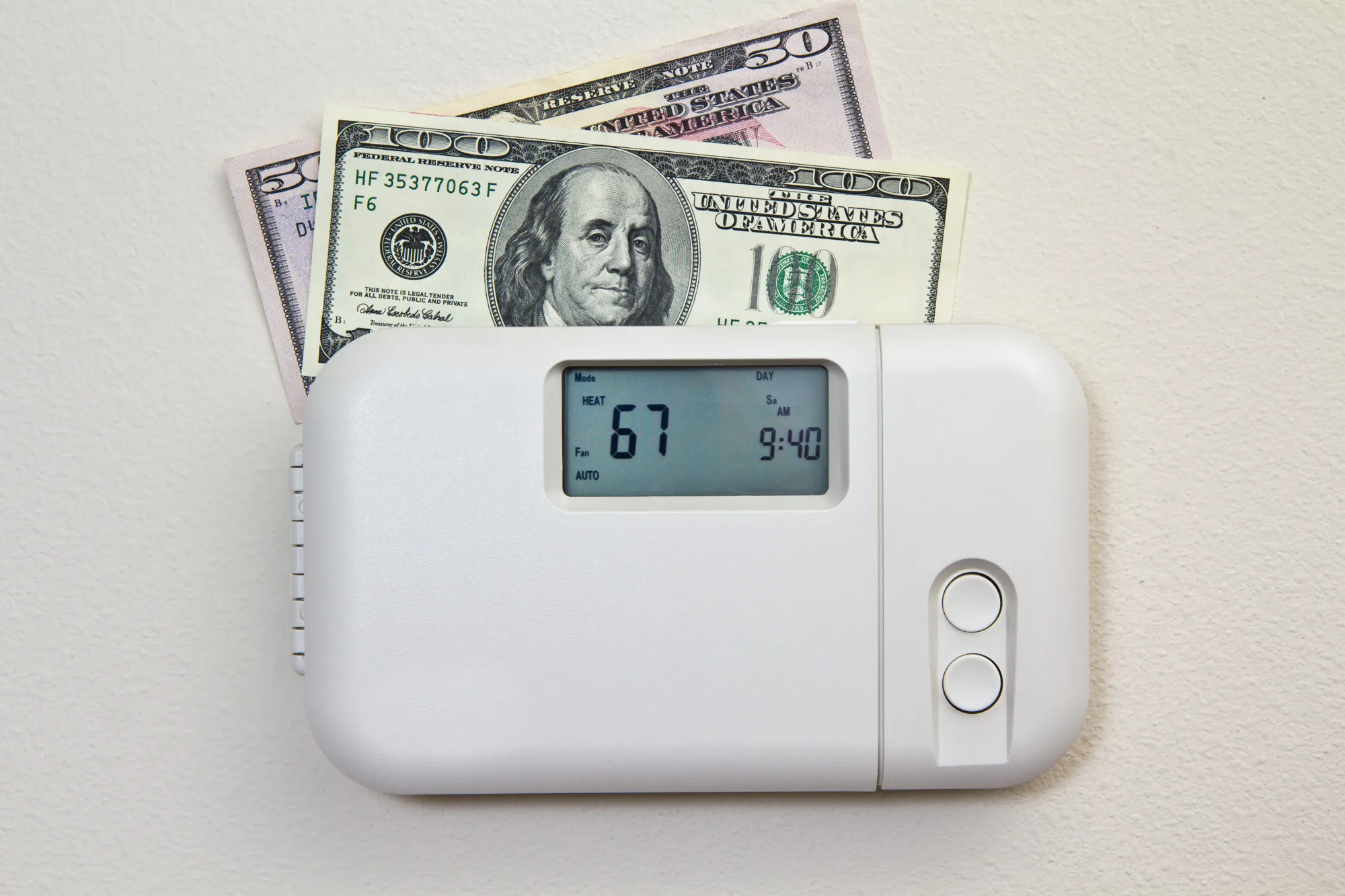
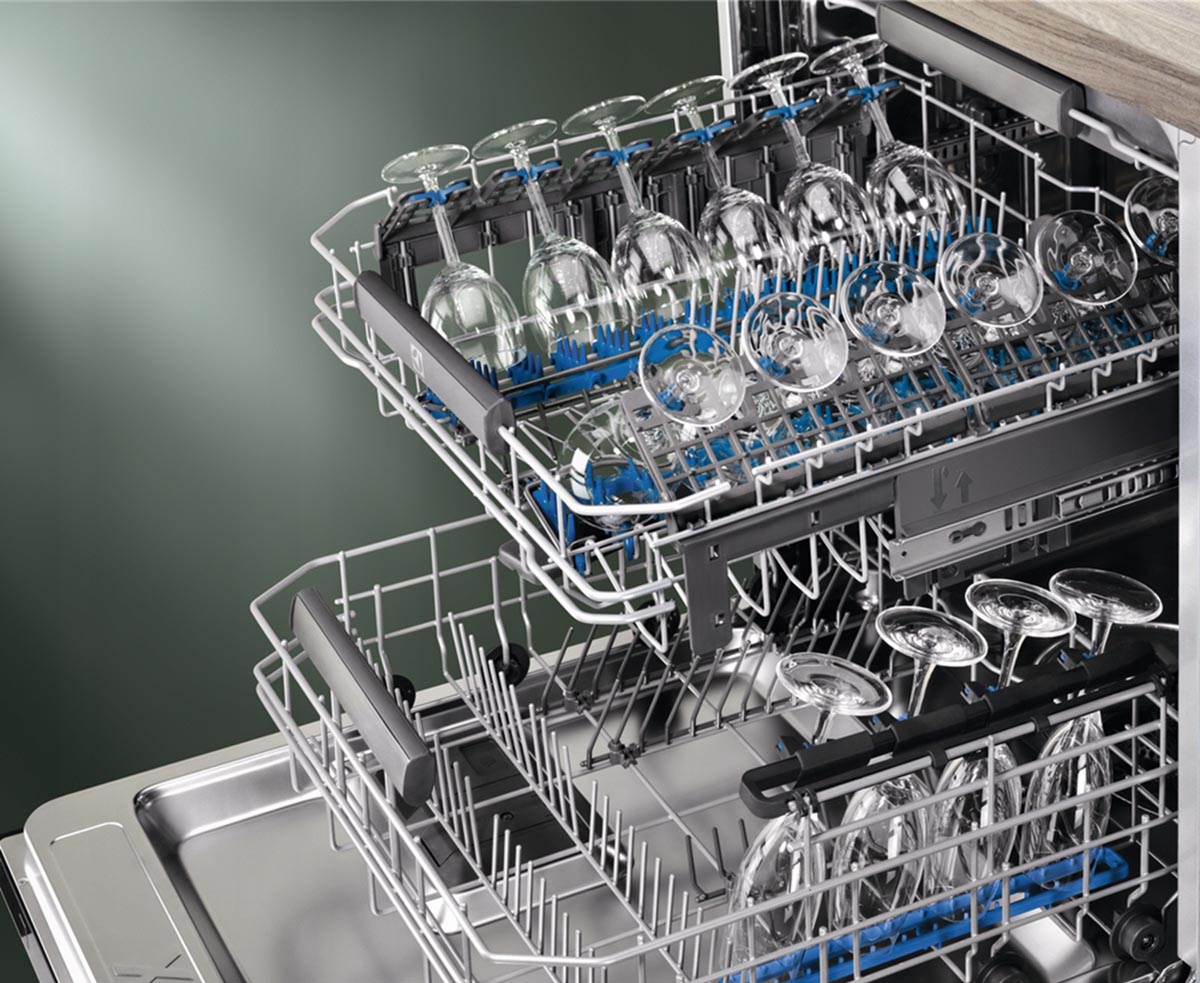
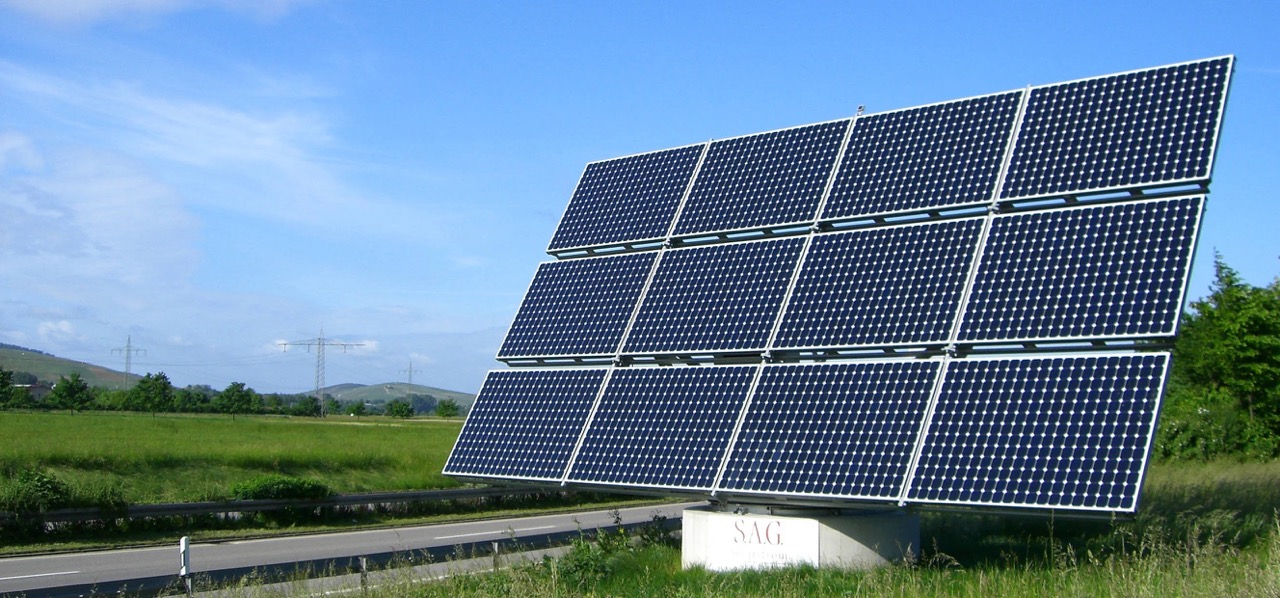

0 thoughts on “What Should You Set Your Thermostat To Save Money”